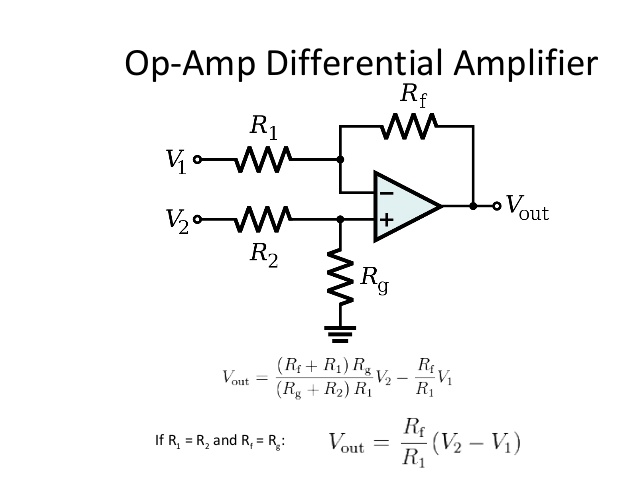I'm using above 1:2 differential opamp, when 72V applied to the 30:1 voltage divider, voltage across R1 is only 1.727V instead of 2.4V, opamp output is around 3.4V.
Opamp is LMC6062IN/NOPB http://www.ti.com/lit/ds/symlink/lmc6062.pdf
I think it's because of bias current, any suggestion on solution?
Follow up question:
Same circuit below but now this time 0V does not connect to circuit main GND, so there is not second voltage divider but i am seeing around 1.5V across R1

simulate this circuit – Schematic created using CircuitLab
Follow up question #2:

Switch on both side of V1, top and bottom circuits are identical differential opamp circuit, bottom one is before switches and connect to v1 directly, top one is after two switches.
When SW2 is open, SW1 is closed: voltage across R3 is 1.4v, output 2 is 2.83v. voltage across R23 is 0.532v, output 1 is 1.08v. Seems like R3 is in parallel with a 60K resistor, does that mean two op amps' inverting and non-inverting pin are tied together? I am using a dual op-amp.




